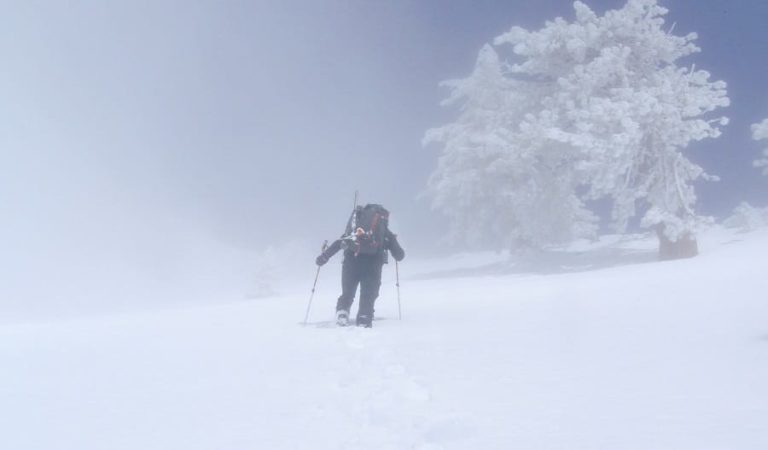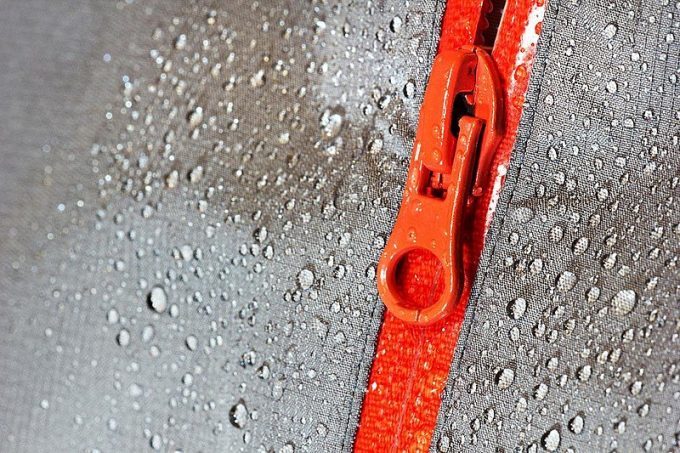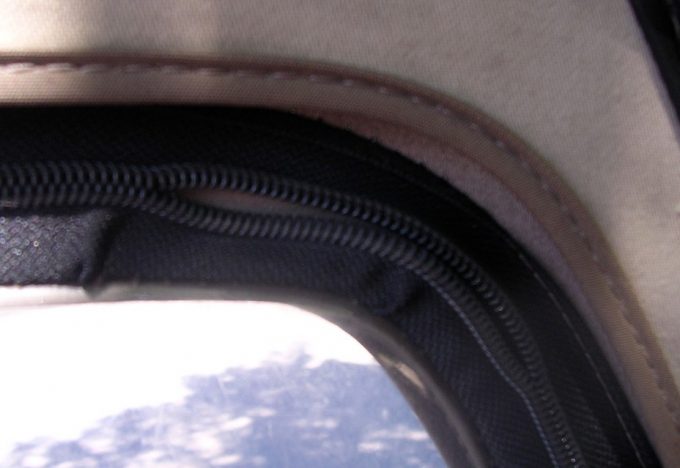HyVent vs Gore-Tex: The Watertight Waterproofing Debate
Waterproofing is something that we more than take for granted today, expecting the outdoor leisure attire that we purchase to be waterproofed from the start. What we often don’t realize is the fact that there are multiple ways in which to waterproof something, each with its pros and its cons.
See also: What is Gore-Tex®: When and Where You Can Use It
The names Gore-Tex and HyVent are the most prominent when it comes to waterproofing, being used in a rather large assortment of items. It was due to both their popularity and their differences that outdoorsmen and outdoor enthusiasts from all over the world have engaged in a HyVentvsGore Tex debate that has not been settled to this very day.

Despite the fact that they are so different from one another they are both quite efficient at achieving the same thing, giving the the clothes and gear that they are used in the ability to prevent water from passing through them and their fibers. This, of course, makes the outside fibers a lot stronger and more durable while at the same time keeping the inside nice and dry.
How waterproofing works
Waterproofing is achieved in many different ways,however, the end result is pretty much the same. The goal is to not let water pass through the cloth and fibers in question in order to keep the wearer or the contents underneath them dry and protected.
It goes without saying that waterproofing and waterproofed items are in constant high demand especially from people that spend most of their leisure as well as professional time in the great outdoors. This means that the items in question have to be strong and sturdy enough to keep water out while at the same time light and flexible enough to be worn and used without any kind of discomfort.

This can be achieved in a multitude of ways but only a few of them can do so without affecting the experience of the wearer. The 2 most popular ones being lamination and coating. This is because both methods are actually the lightest additions to the clothes themselves while at the same time the most flexible solutions for the gear itself.
It should be noted that waterproofing clothes and waterproofing gear is done in different ways and quantities because of the end purpose that they will have to serve.
That being said, waterproofing clothes is done by using the lightest and smallest quantities possible in order to allow for flexibility and comfort while at the same time still being able to stand up to harsh weather.
Gear waterproofing is a lot more substantial, given the fact that it does not have to be worn by the consumer. For example, a jacket will not have the same amount of waterproofing material that a tent will have, however at the same time if you were to make a jacket out of a tent cover, it would not be as comfortable to wear as the actual jacket.
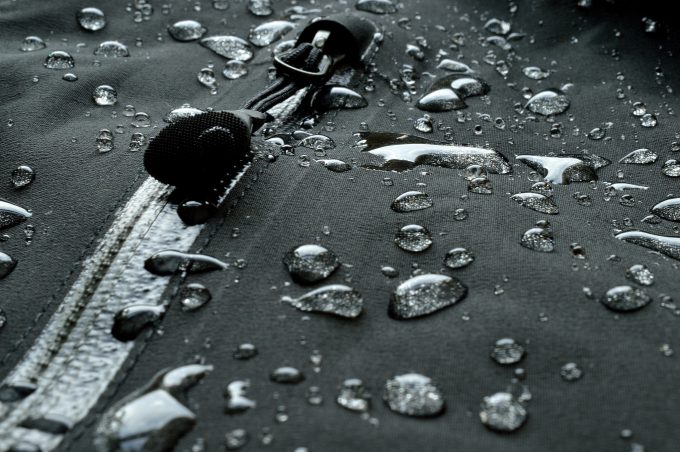
In almost all cases, the main material of the piece of clothing or gear in question is made out of a polycarbonate and synthetic blend. This is because these are the materials that work best with waterproofing solutions, natural and textile materials actually proving to be more of a hindrance than a viable alternative.
This is because synthetic materials are not as sensitive to the environmental conditions as well as the amount of precipitation that they receive on a regular basis as the natural and textile ones are. The trade-off here is the fact that the synthetic materials are not as comfortable and as breezy as the textile ones.
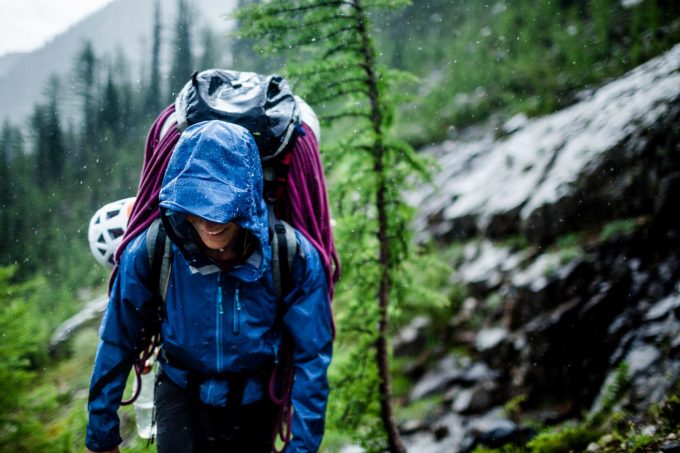
One last thing to note here is the fact that even though the clothes in question might be waterproofed, it does not mean that they are difficult to wash or clean. On the contrary, it is actually recommended that they should be tossed in for a light wash every now and again in order to maintain them and reactivate the waterproofing.
The Gore-Tex solution
Gore-Tex waterproofing is by far the oldest and most popular waterproofing way, being applied in a lot of clothes, suits, bits of gear and even military kit.
This is mostly because of the way in which this system works and how it interacts with the fabric which it reinforces because it is a laminate solution, meaning that it is actually an extra layer if protection underneath the main layer of fabric. More or less like a membrane, it is able to provide a bit of extra support and strength to the fabric while at the same time waterproofing it.
It is usually placed directly underneath the top layer of the article of clothing or the piece of gear in question. There are a couple of exceptions to this rule however it is usually due to technical reasons in which cases the layer of Gore-Tex is either knit right into the top layer of fabric or compressed below the second one.
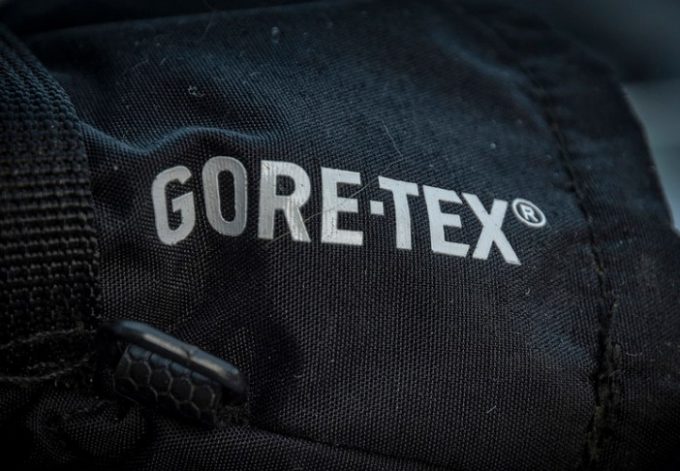
The main strengths of this solution are being used to their full extent regardless of the way in which it is implemented though.
First off, because of the fact that it is a membrane in of itself, it does not require any actual form of reactivation. Its presence in the ensemble as it is being enough to help stop water from seeping through.
Second on the list is the added toughness and strength that it brings to the table, adding an extra bit of support and durability into the mix. This is, again, because of the fact that this is a layer in of itself, all be it a thin one, but still an extra layer of strength to be taken into consideration.
The third thing that it brings to the table is the fact that it also adds a bit of insulation, something that is especially noticeable in clothes that have been waterproofed with the Gore-Tex membrane. It helps keep the wearer warm and a bit better protected from the elements while at the same time helping keep the overall size slightly more compact and portable.
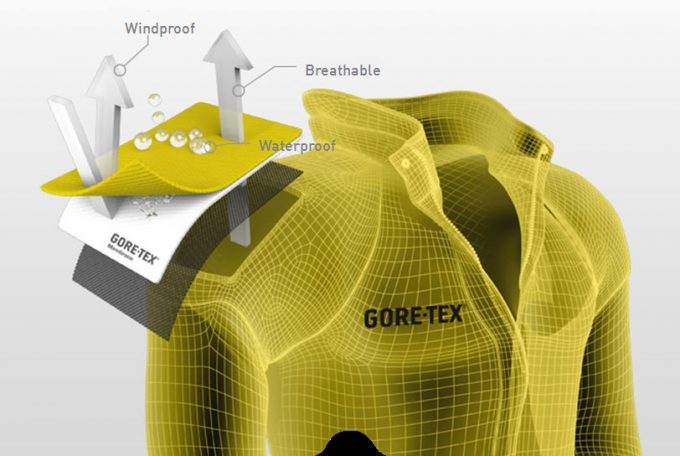
While there certainly are quite a few advantages and strengths that the Gore-Tex solution brings to the table, there are also a few shortcomings that we need to take into consideration.
First of all, because of the fact that it is a membrane and an extra layer in of itself, it does not do all that well when it comes to light clothing. In fact, it is not really all that popular with things like tracksuits or light summer jackets.
The second shortcoming is related to the actual waterproofing. While it does act as a layer underneath the main one, essentially covering 99% of the surface of the garment in question, there are areas which are not quite covered. Zippers, for example, are not covered by the Gore-Tex fabric, meaning that the manufacturer has to either add an extra flap that goes over the zipper or opt for a more expensive watertight zipper.
The third concern that has been raised on a few occasions in regards to this waterproofing solution is the weight that it adds. This does not really apply to clothes but rather outdoor gear like tents, sleeping bags, backpacks and so on. Simply put, the larger the piece of gear, the larger the waterproofing membrane has to be.
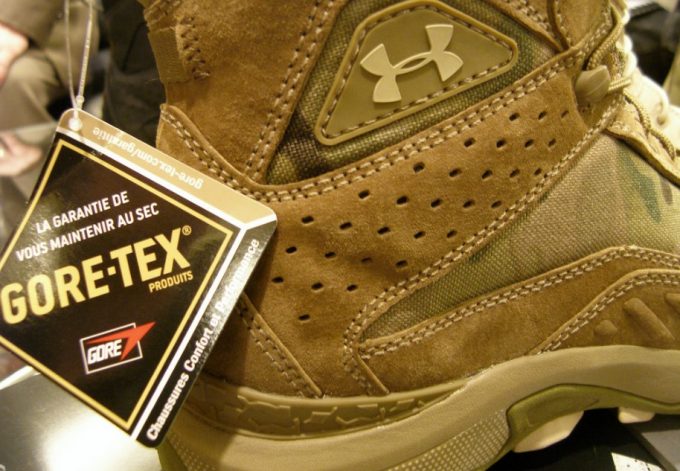
However because this is not clothing, the membrane used is usually a lot thicker and substantially denser, making the overall ensemble slightly heavier. The weight added is hardly noticeable, though, not really affecting the carrying capacity of the hiker nor the structural limit itself.
Overall, it is a very efficient and at the same time quite comfortable solution that has been used and continues to be used in a lot of clothes and gear designed for the great outdoors.
The HyVent solution
HyVent is more of a lesser known waterproofing solution, a veritable newcomer to the market that packs the power that it needs in order to get noticed. It is commonly used by sporting apparel manufacturers in light and medium clothing pieces, not so much when it comes to pieces of gear or even heavy clothing.
What most people don’t really know about HyVent is the fact that it is actually a coating and not an actual layer or membrane. It is a chemical solution which is applied to the main fabric of the clothes in question in order to make them waterproof. While it sounds like a more industrial solution, it does come with its advantages that make it rise a bit above the competition.

First and foremost this translates in one less layer that goes into making the clothing in question. This, of course, means that it is a lot more comfortable and easy to wear. Not to mention the fact that it allows the designers and manufacturers to be a bit more bold with their designs. This also means that the clothes in question are also that bit more flexible and that much easier and more comfortable to wear.
The second thing that this solution brings to the table is the fact that it allows for different, more comfortable and cozy linings to be used. Again, because it is not an actual layer of fabric, it allows the designers, manufacturers, even the end users of the attire in question to use a different assortment of linings, virtually unrestricted when it comes to the choices that are out there.
The great thing about this is the fact that you can opt for a more fluffy or snug lining as well as a light and breezy one without having to worry about whether or not there are compatibility issues with the waterproofing.
The third thing that this solution is great for is the low level of moisture and water that accumulates on the garment itself. This is because the waterproofing solution is mixed in with the top layer, acting like an external shield rather than the first line of defense. The very coating allows water to simply roll off of it without any actual retention or residual dampness, allowing the garment to feel rather dry.
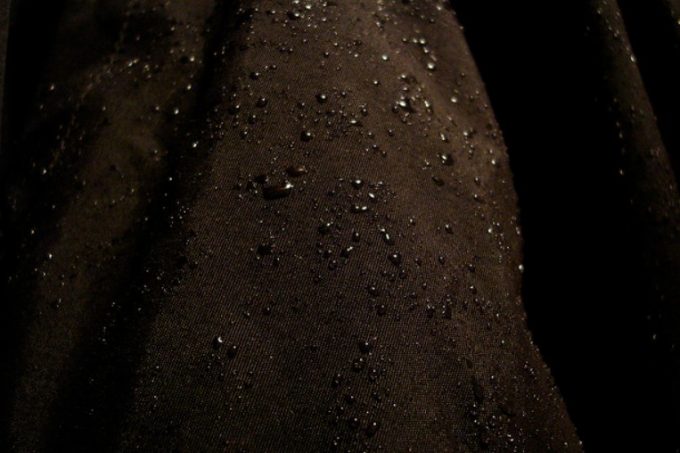
In comparison with other solutions that rely on membranes and additional layers which although do waterproof the garment, it still feels rather wet on the outer layer after standing in the rain.
While this solution does sound rather attractive at first glance, it does have its fair share of shortcomings that we should be aware of.
First thing’s first, the waterproofing solution does require some reactivation from time to time. This happens if the garment sits in a closet for a long period of time without being worn or if it becomes significantly dirty. The problem here is at a molecular level, in both cases the chemical components that make up the solution being unable to function properly.
The best way in which to reactivate the waterproofing solution is to toss the garment into the washing machine and set it up for a light wash. Then leave it out to dry and it will be as good as new.
The second thing that we should be aware of is the fact that repairing garments that are treated with HyVent is risky. Outdoor enthusiasts are well aware of how demanding their activities can be on the clothes that they wear and are more than used to wear and tear. If a rip or tear was to occur, although it might look simple to fix, the waterproofing will not be as good around that general area, the wearer risking getting wet around the area of the tear.
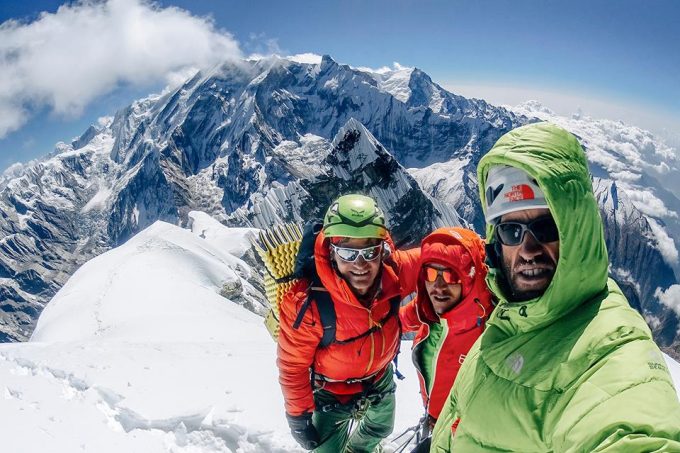
The third thing on this list is the fact that clothes are mostly treated with HyVent and not other pieces of outdoor gear. This is because of the fact that this solution was not really meant for heavy usage and large application areas. Things like tents, sleeping bags, travel bags and so on are not usually treated with HyVent. There are the odd exceptions however the norm still stands.
Putting Gore-Tex and HyVent head to head
There are great arguments that support both sides of the waterproofing coin. They are both very efficient, both very versatile, but at the same time, they are very different from each other even though they both essentially do the same thing.
Gore-Tex has a very clear advantage over HyVent because of the fact that it is a layer in of itself which, although does come with its fair share of disadvantages, makes it easier to be used with heavy clothing, gear and other such applications which HyVent does not.
While Gore-Tex offers a lot more in terms of usability, HyVent brings more in terms of comfort and ease of use. A simple coating makes for apparel that is a lot more flexible and a lot more breezy.

A great point can be made when it comes to washing the actual clothes in the first place. First of all, the Gore-Tex waterproofed clothes can be washed along with regular clothes without any actual problems. HyVent treated clothes, on the other hand, are a bit trickier to wash.
Although still washable, the wearer has to be very careful and follow the instructions on the tag to the letter in order to make sure that there will be no problems with either the clothes themselves or the waterproofing.
Another aspect that tends to be overlooked by a lot of people is how breathable the actual garments are with each waterproofing solution. The ones are manufactured with the Gore-Tex membrane permit the skin to breathe and reduce the actual perspiration levels by a considerable margin.
HyVent treated clothing, on the other hand, because of the fact that they are treated to what essentially is a chemical coating don’t do that great of a job when it comes to how breathable they are. While the skin can breathe in them, it cannot do so as easily or as efficiently as in the case of the Gore-Tex membrane.

Although these were a couple of good points for Gore-Tex, it is still no denying that HyVent does allow for a greater number of options when it comes to design choices. Not to mention the fact that the clothes that are coated in HyVent are a lot more versatile and a lot easier to wear mostly because they often consist of either 1 layer or 1 layer and 1 lining.
While Gore-Tex waterproofed clothes and gear are the preferred choice for hikers and campers, HyVent treated clothes are the popular choice of athletes and amateur athletes. This is because, as a rule of thumb, clothes with Gore-Tex membranes tend to be a lot more geared towards camping and other low-intensity activities while at the same time capable of providing warmth and comfort. For ways on how to waterproof your rainwear, check out our article on this topic.
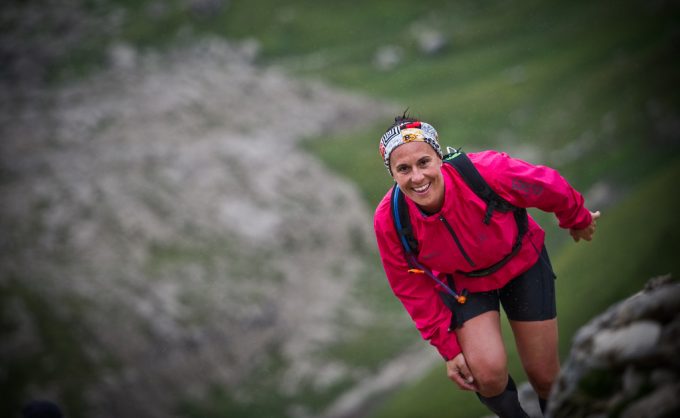
Clothes that were treated with the HyVent waterproofing coating are a lot lighter and a lot breezier, not to mention the fact that they are actually geared up for high-intensity activities like cycling, running, mountain climbing and so on.
In conclusion
It is easy to see why this debate is still ongoing. The 2 waterproofing solutions are incredibly similar even though at a base design level they are miles apart. Although one is a coating and the other a membrane, they do actually fulfill their roles in a very efficient and satisfying manner. So much so that it is actually very difficult to pinpoint which one is the best one.
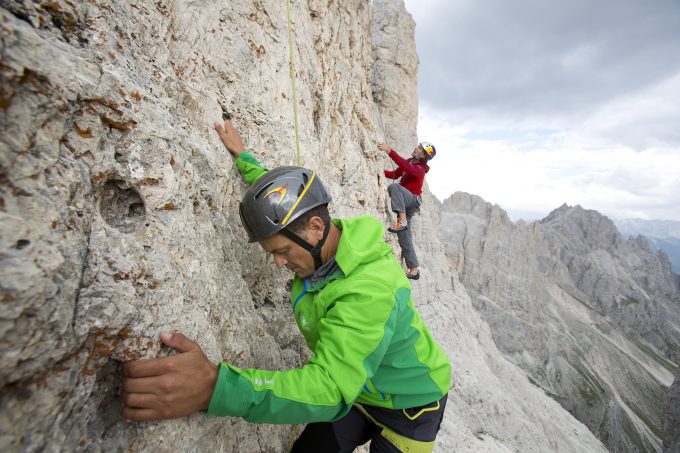
All in all, what it all boils down to is what your personal preferences are. If you are the kind of person that enjoys spending a lot of time out in nature, dealing with low temperatures and while doing low-intensity activities like hiking and camping, then Gore-Tex might be the best choice for you.
If you happen to be the kind of person that likes going out and pushing his limits by performing intense physical activities, mostly in warm climate conditions, then HyVent might be a better solution for you.
Also check out our review of the top Gore-tex hiking shoes for your reference.



